An Exclusive Interview With Documentary Photographer And Lens’ New Photojournalist, JOSÉ JEULAND.
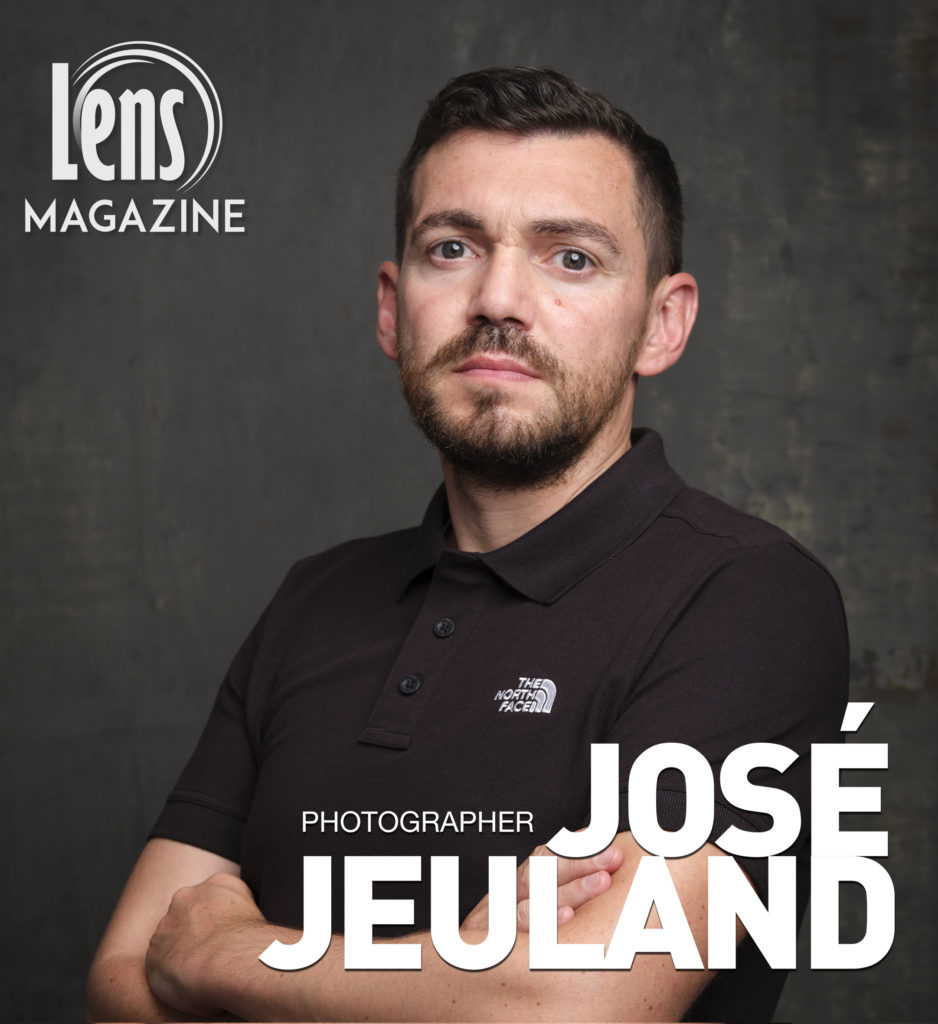
It’s a pleasure to feature an exclusive interview with an inspiring unique person and extraordinary photographer, Lens Magazine’s new contributor, José Jeuland.
JOSE is a French photographer, based in Singapore, serves as the ambassador of The North Face, a FUJIFILM X-Photographer, and supported by EPSON, Manfrotto, BenQ, and Gravity Backdrops amongst others. His work has been featured in respectable international exhibitions and publications around the world.
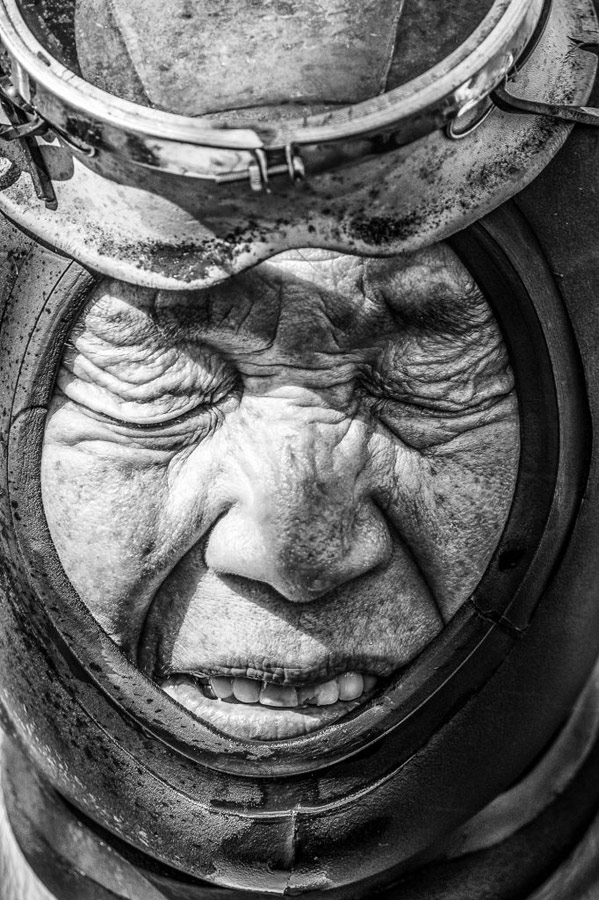
Lens Magazine: Let’s talk about your background in the Photojournalism field. How did you start your photography career or Journey? Did you have a family member who gave you the direction of photography?
José Jeuland: I started with photography a few years ago and am a professional for less than four years. My love for photography and images came about when I was a teenager.
I always enjoy watching images, aesthetics movies but was not practicing photography during that time.
When I was a child, my dad was taking a lot of pictures and even filming. It was one of my dad’s passion; I recalled he mentioned that he wanted to set up a darkroom in the house, but it never happened. My mum was engaged in handcrafting, drawing, and painting as her hobby. When I was a kid, I did join her in drawing and painting as well. In my twenties, when I was a professional athlete and a pro until I turned 35, I enjoyed buying photography books. As an athlete, for all my collaterals and publicity, I had a camera then.
I was constantly asking my closed ones to take pictures of me, and I used those images for all my marketing collaterals and sponsors.
During my sports career, I stood out by incorporating visuals and self-marketing. I did use the same camera for leisure purposes when I traveled but didn’t like the camera at that point and decided not to use it anymore. It was only a few years later, I purchased my first iPhone and took pictures from the phone when traveling with friends. At this time, it was funny, a lot of my friends or contacts used the pictures taken by me for their Facebook profile pictures.
After that, I bought a compact camera from Fujifilm X20, and a few months later, I purchased a Fujifilm mirrorless (X-M1, X-T1, X-100T) with a few lenses. While I was traveling for my sports career in various places for my races, I was taking a couple of snaps whenever I got the chance (train stations, airports, streets). That was the time when I had in mind that I wanted to be a photographer after my sports career. I have never gone to a school to learn photography, and everything has been self-taught all these years.
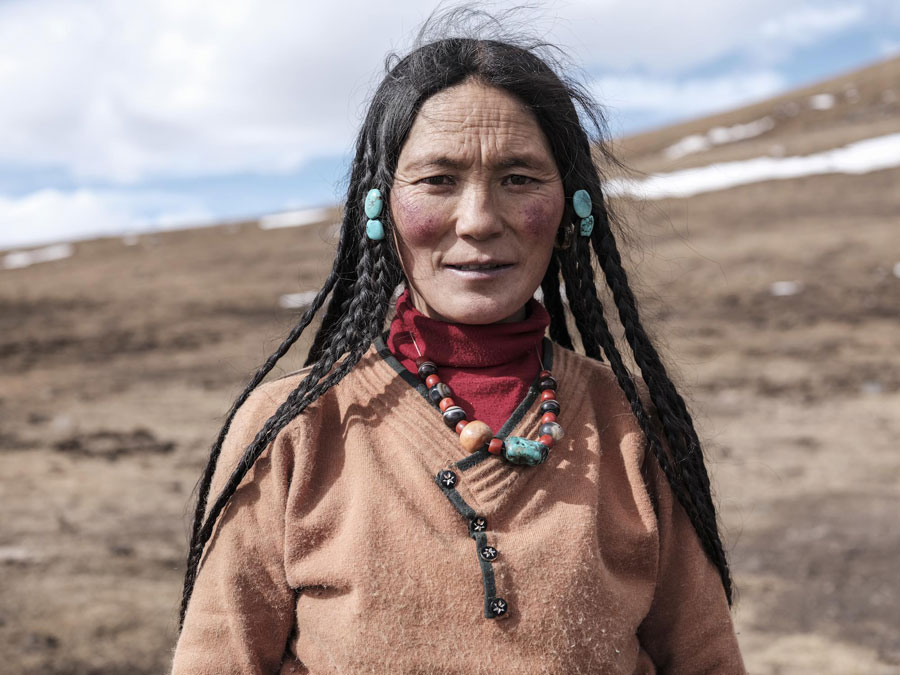
L.M.: In the media, we know you as a documentary and travel photographer, supported by various respected brands for your daily work and also for your exhibitions, the unachieved dream of so many photographers. How did you become a representative of these brands? And how does it works?
J.J.: Before engaged as a Fujifilm x-photographer, I was already using a Fujifilm camera and was an avid fan of the brand as I already owned five of the x-series. I was already in love with the brand. Most of the brands that I’ve represented, I’ve adored their products and still use them till today. It is the same with The North Face – I’m a big fan of their products and company image. For me, The North Face, Fujifilm, Manfrotto, Epson, and Gravity Backdrops are brands that fit me the best. They might not be the best for everyone, but they certainly are the best for me. Yes, it’s an honor to be collaborating with them.
As a professional athlete in the past, I made a living through sponsorships and also from prize money. Through my sports career in triathlon, each piece of equipment plays a big role in my performance. It is very demanding in terms of reliability. The same concept works with photography – my gears are also important for both documentary and commercial work. I want to use the best as I can to produce a great piece of work. Gears don’t do everything – but it feels great to you use things you like.
In photography, besides trying my best to produce quality work, I like to collaborate with various brands who are interested in me or my projects. I have ambitions and goals, and I feel it is more interesting doing it together with companies and achieve things with people. In this industry, I feel It is better to work with various people rather than to be alone at times.
It is a win-win situation where I see and support the company with what they need and vice-versa. I apply the same process of marketing and communications in sports and my organization into my photography business. My sports career was the best life/business school journey I could dream of.
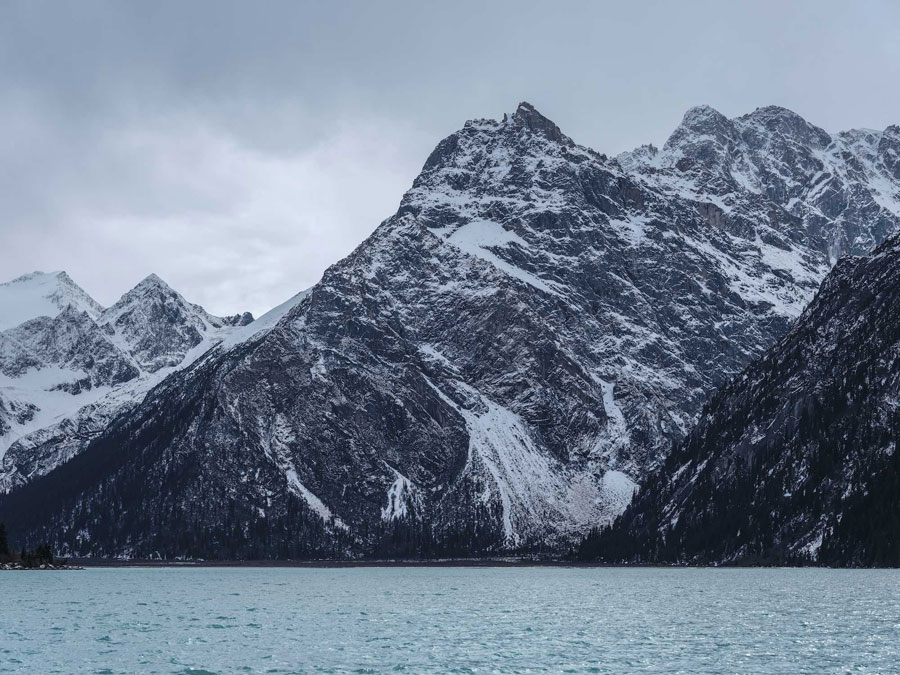
L.M.: What advice do you have for photographers who are looking for being brand representative and need the support for continuing further in the field?
J.J.: First and all, it is not a priority to be a brand ambassador or collaborate with a brand; that’s just a plus. If you want to do it, you need to evaluate what you can give back to them and how it benefits you. It may or may not be worth it. It is an engagement, and there are usually deliverables to be guaranteed.
A good collaboration should always be a win-win situation.

L.M.: When you do a documentary, how do you organize your trip? Do you have an assistant with you?
J.J.: I’m usually a one-person show during my documentary trips. I have my wife come along sometimes.
I also hired someone to assist me with video production in Okinawa. Most of my documentary trips, I obtain information online and are usually organized on a last-minute basis. I tend to locate people on the spot, and if I need to book tickets or accommodation, I also conduct it on a last-minute basis. All of us are different; I love to have unexpected situations arising. If it is well planned, I feel that it’s more commercial work. I enjoy traveling alone, and it makes it smooth flow because local people can just take me with them, and I can change my plan at any time.
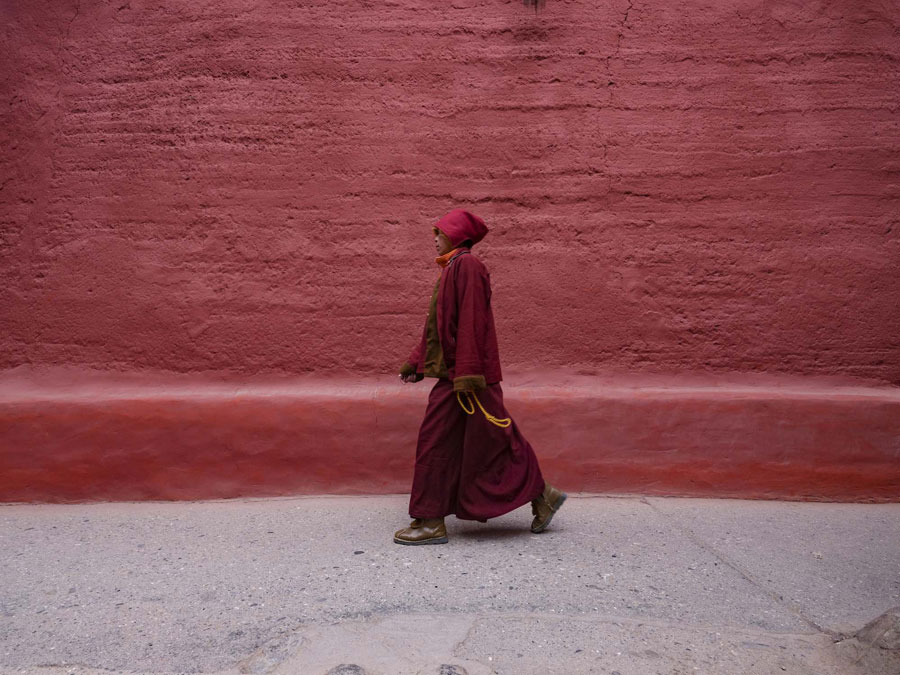
L.M.: When you start a new project, how do you find your subjects, and what is your approach with the person? Is there a need for close relations and an intimate conversation with the person for creating a good project?
J.J.: Firstly, I have plenty of subjects in mind. Sometimes, I tend to start it earlier or at a later time. I pick the question based on what I like or find interesting. In my approach, I’m usually natural with people and am very adaptable, so people are generally keen to bring me along with them. And I can handle severe conditions/situations; it is also why I prefer to travel alone so that I’m readily accepted and invited to the local’s home, for example. Most of my subjects are not harmful or controversial, so people don’t get uncomfortable to share their life stories with me. I always try to find the positive in each situation. Maybe, in life matters, most people that I’ve met are very open-minded and understand my interest. I have a few subjects in mind that are a bit more critical, but I will venture into those later.
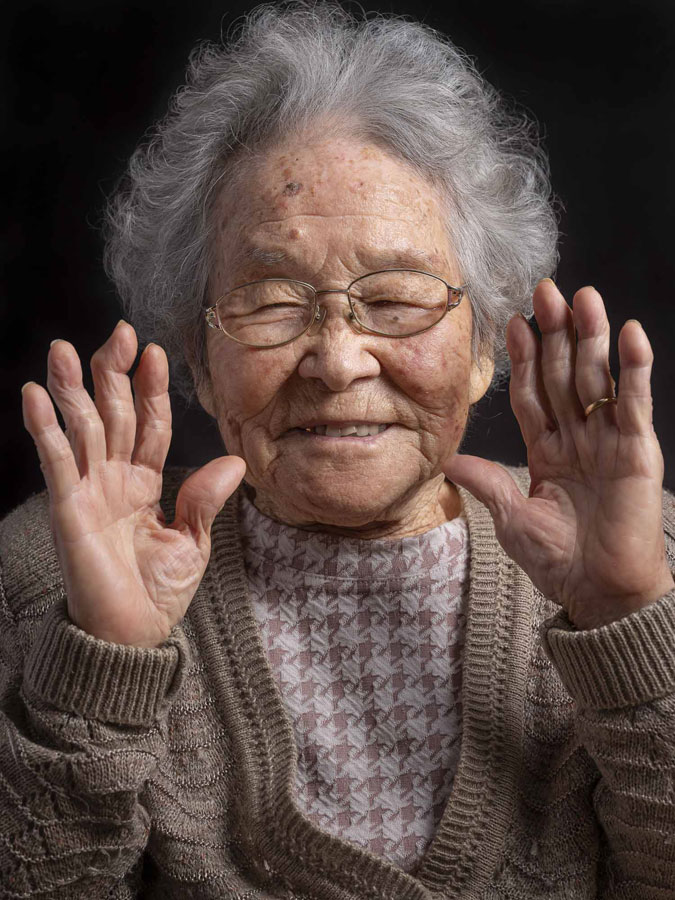
L.M.: In the past few years, you had several major International exhibitions, which received a lot of positive exposure from the Press and International media. Tell us about those exhibitions.
J.J.: My two major exhibitions in Singapore received significant interest from the press because of the subject matter. Mainly the subject matter garnered a lot of attention, i.e., Haneyeo exhibition – The women divers in Korea are unique, and by knowing their stories, a lot of people admire them.
Longevity Okinawa – Is one of the places in the world where longevity and health are exceptional. And in today’s aging world, everyone puts an interest in their well-being and health. In terms of photographing both subject matters, it is entirely different. One is an outdoor activity, and the other is studio style.
So besides a substantial subject matter, the photography and the storytelling has to be perfected. Both exhibitions were organized by COCO PR agency and COCO Creative Studio. These agencies handled all the media pitching and the event logistics that was professionally carried out. (Jose is a co-founder in both companies with his wife)
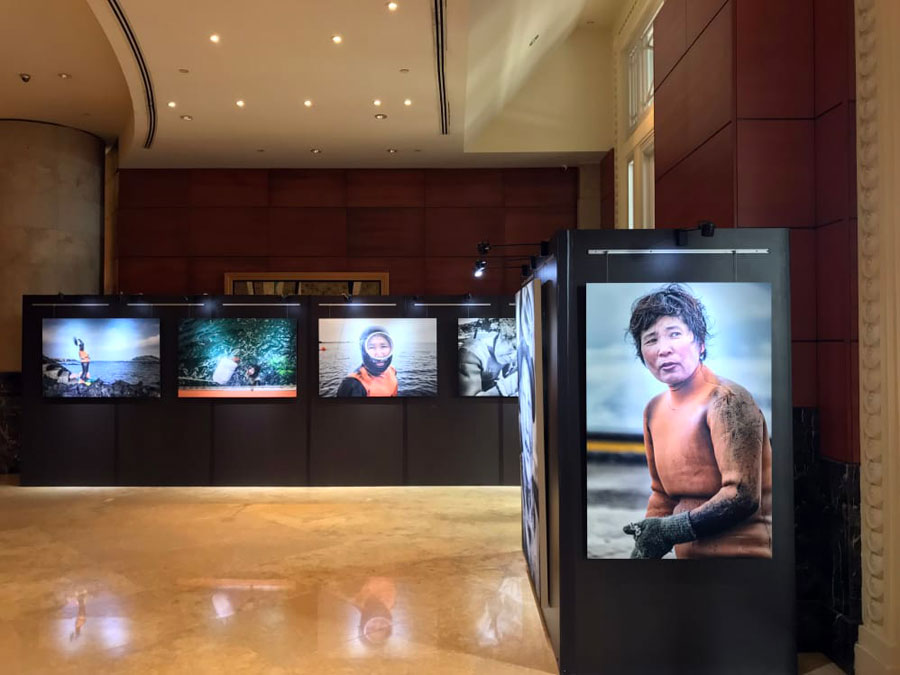
L.M.: It is only three and a half years that you are a professional photographer? How do you explain this fast development in your career?
J.J.: First, it was the love for photography, enjoying the hard work, and achieving the ambitions and goals.
So when you have a target, you can see the stages to get to the final step to your goal. Even if the goal is like utopia, it still provides a direction.
I don’t want to talk too much about my photographs, because people should judge them, themselves. If it is working well, that means you are doing it right. When I photograph, I’m always looking to make aesthetic images, and I’m very particular in the details. So I’m very critical in selecting my work. Sometimes even when I have my final images, I’m always looking for ways to improve for the future.
I never anticipated everything happening so fast in a short period. Now every day, I hope things to move quickly and faster. I also love to learn and pick up as much as I can in my photography journey.
In Singapore, I feel that I have plenty of opportunities to work with established companies.
In my initial stage, I was thinking of doing only documentary, travel, and street photography, but with my commercial work,
I realized I like to do it all.
Respect, be humble, good foster relationships, deliver the work you supposed to do, be creative, create visions, and be consistent with the quality of your photographs. These are the things that helped me to excel very fast in my photography career.
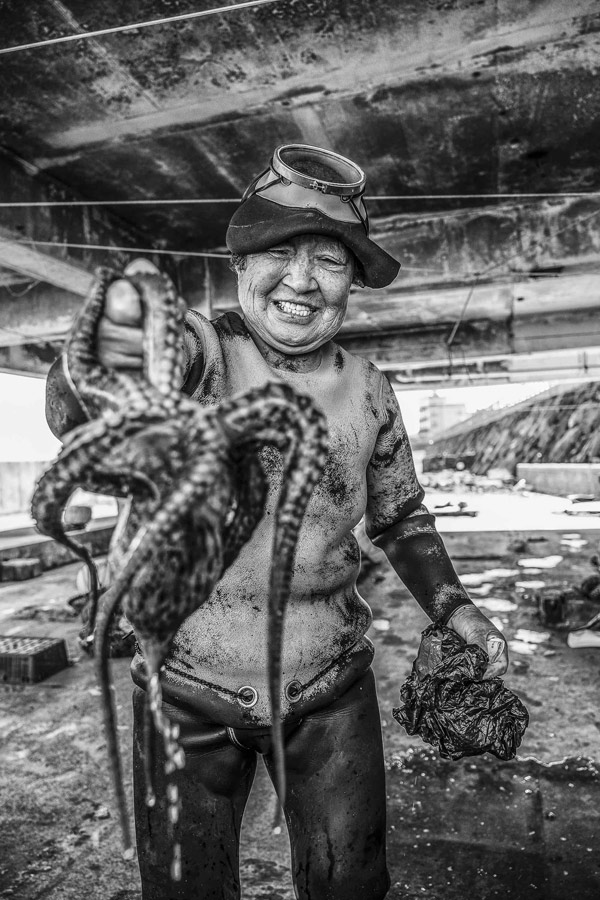
L.M.: What is your preferred gear?
J.J.: For my camera, it has to be my FUJIFILM GFX medium format because I can get a lot of details in print. The file quality is very impressive.
One particular gear I would like to acquire is a large fine art format printer from Epson because I enjoy printing. It is one of my most exciting aspects of photography – to see physical prints.
L.M.: You were shooting so many beautiful projects during these years. What will be your next project? Are there any documentary issues you would like to cover in the future?
J.J.: In 2020, I will do something very similar to what I have done in Okinawa about longevity in Singapore – since Singapore is an aging country. It will be fascinating for me to do it in Singapore because I’m based here, and I love the culture – and I’m currently starting to work on the project. I’m planning to something on the Gypsy in Rajasthan. I still want to do more about the Tibet series and the Haenyeo.
I believe that the work in a subject never ends; you can always keep going even years later.
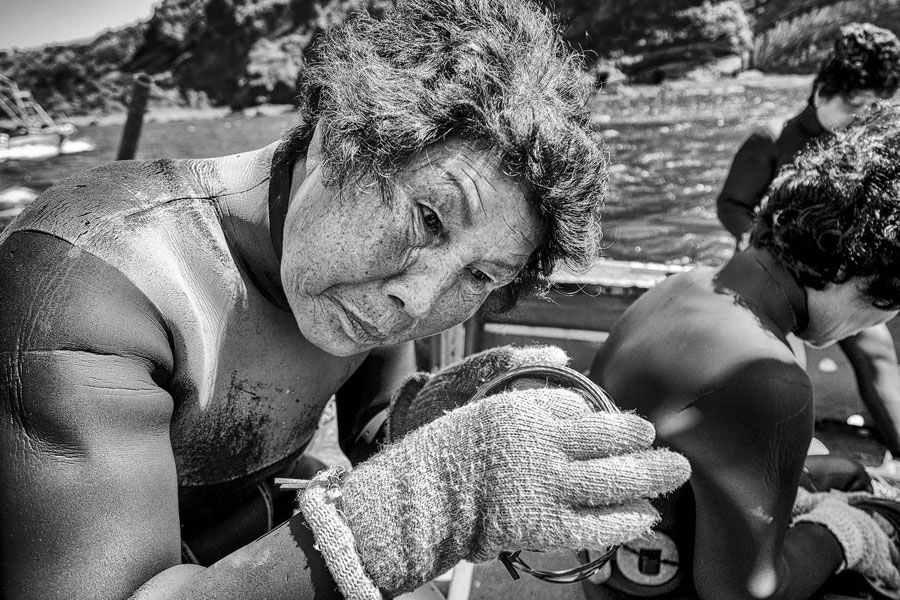
L.M.: What is your most significant achievement?
J.J.: I hope my most significant achievements are ahead of me.
I have an interesting story to share: When I visited Singapore for the first time, I went to meet Shanthi (now, my wife) at The Fullerton Hotel Singapore. There was a huge art gallery in the lobby area, which was an open space, and I remember telling Shanthi it will be beautiful to see a photography exhibition there.
I wasn’t a photographer at this time and had no plans on any photography yet.
Later on, when I moved to Singapore with the ambition of becoming a photographer, I told Shanthi that I wanted to have my first exhibition at The Fullerton Hotel. Of course, she said it was a big dream and to think of other locations first should we need a contingency plan, which made 100% sense in her honest answer. But I had this idea in mind, and I made it happen for my very first exhibition. Friends, closed ones, and photographers were surprised but not me because I wanted to do it.
I was very thankful to get the support of The Fullerton Hotel, so this was a great achievement.
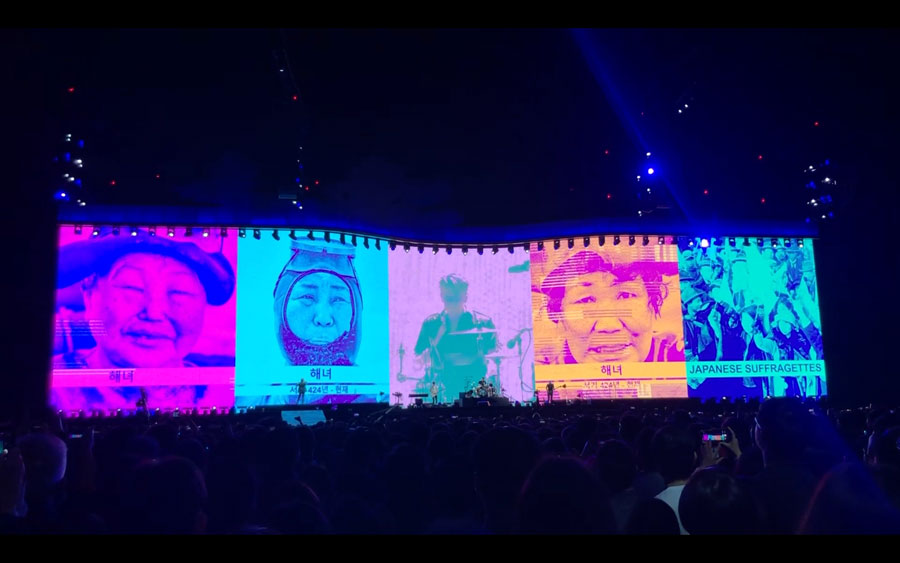
Later on, I was hired to photograph (portrait) the President of an Asian Country – I can’t reveal just who yet! The same December, I received a genuinely incredible request: U2 wanted to use my Haenyeo photographs during their concert in Seoul for the Joshua Tree Tour performance and played them on the massive background screen. It was amazing to collaborate with such an iconic band.
L.M.: What is your favorite photograph you have ever taken? (Or one of the projects)
J.J.: My favorite photograph would probably have to be the very close-up portrait of the Haenyeo with her eyes closed and one with her tooth broken.
(See Right Page)
You can feel strong emotions in the picture, and you can see how exhausted she was. Besides the feelings, the image is also very well-designed, and the facial shape gave an interesting composition.
I printed and displayed this picture, and it got a lot of attraction. My favorite project was certainly Autonomous Tibetan Region – Everything was beautiful and unique – I simply love this series.
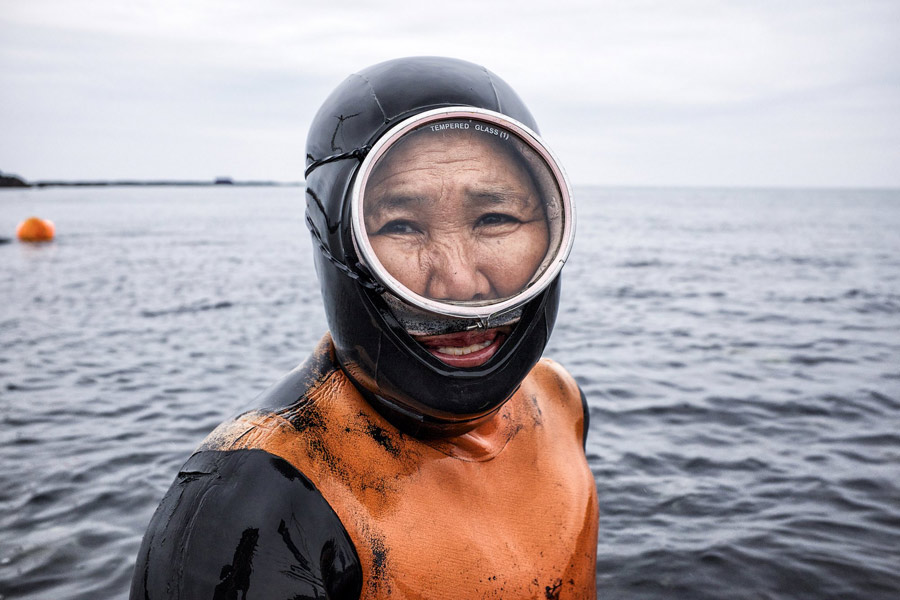
L.M.: What the future holds? (Exhibitions, Published Books, Special Projects)
J.J.: Right now, I’m part of an exhibition group in Singapore, Alliance Francaise, with my Kumbh Mela photograph series. I plan to have another solo exhibition in Singapore about my recent documentary in Tibet. I’m also planning to launch three photography books in 2020 in auto-edition: about Tibet, Kumbh Mela, and Longevity Okinawa.
L.M.: What advice do you have for the young generation of documentary photographers, trying to make their way in the competitive photography field today?
J.J.: Documentary photography is interesting because you learn a lot about cultures and social evolutions, and subjects are unlimited. It is not easy to make your living on only documentary, but it is doable. There is no special school to learn, but today it is so easy to get information from the internet and also to join workshops. It is competitive, but the Journey is fantastic. So if it is your desire, you should venture into it.
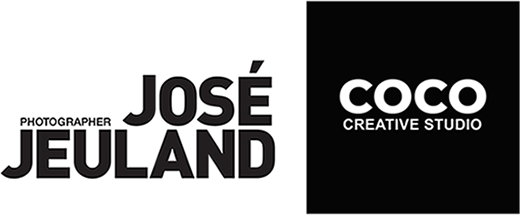
Website: www.josejeuland.com
Website: www.cococreativestudio.com
Instagram: @josejeuland
Youtube: Jose Jeuland
Twitter: @josejeuland
Facebook: Jose Jeuland

